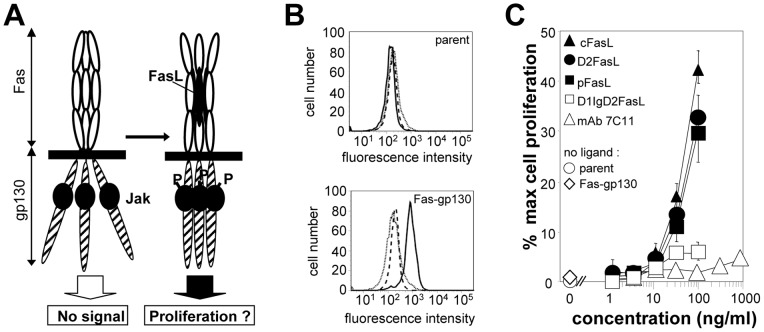Figure 3. FasL/gp190 chimeras and agonistic antibodies differentially act on Fas conformation.
Panel A: Description of the model used to analyze the requirement for a Fas conformational change during its activation. The Fas-gp130 hybrid receptor is stably expressed in the IL-3 dependent BA/F3 cell line. Panel B: Cell surface staining of parent BA/F3 cells (upper panel) and on a representative clone stably expressing the Fas-gp130 chimera (lower panel), with an isotype-matched control (dotted line), anti-murine Fas JO2 (dashed line) and anti-human Fas DX2 (continuous line). Living cells were gated on the basis of the morphological parameters. Panel C: Fas-gp130 BA/F3 cells were incubated with the indicated Fas triggers or controls, and proliferation was measured using a MTT assay. Results are expressed as percentages of the maximum proliferation obtained with a saturating IL-3 concentration. Proliferation of parent and transfected cells was also measured in the absence of any IL-3 or Fas trigger. Values are the mean ± sd of 3 independent experiments.

